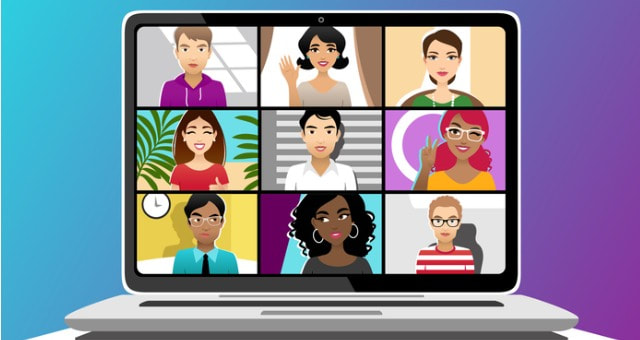"The pandemic has caused a lot of changes to education, from masks to schools switching to online learning and Zoom, and all the shifts in-between. At this point, most schools have moved back to in-person learning, but thinking back to when students were using Zoom, what was the lasting impact of that time?"
--Zanthe Jones-gerachis, 6th grade
Think about distractions. How are teachers and parents expecting students to stay focused? Especially younger kids or kids with siblings. Mackenzie Luna is a student who went to Montclair Elementary School, she said that Zoom school was hard because she had younger siblings crying and being annoying while she was in class.
“I have a younger sibling at home and it was hard to focus when I could hear her in class,'' says Mila Boyden, a 6th grader at OSA who went to Henry J. Kaiser Elementary School.
The thing is, it's not only siblings that cause distractions. Parents can even be problematic. Sometimes parents will interrupt and micromanage during classes, and that is not only annoying, it is distracting. There are so many reasons why kids hate Zoom school, parents (and just adults in general) just think that's because kids think it's boring. Students and teachers both say that there are so many other reasons why Zoom school was difficult for both students and teachers.
When Boyden was interviewed, she said that her elementary school (Henry J. Kaiser Elementary) shut down when she was in 4th grade and she had to switch schools during distance learning. It is hard to transfer schools and learn to adjust in a new environment. But imagine doing that online.
It made learning to socialize with other students all the more difficult. Sure, people talk and socialize during classes sometimes, but most of the time that kind of talk happens during lunch or recess. In Zoom, there are no breaks with friends. Students don’t have enough time to actually go to someone’s house to have lunch, so if students are not in person, they get no time with friends. Yes, there are some ways to fix that, but most of the time kids are sitting in a room staring at a screen. Does that really define class time?
“School was absolutely terrible in 5th grade,” said Boyden. “It was a lot better in 4th grade because I knew everyone. I found it hard to socialize with people online at a new school.'' When someone’s school gets shut down (and not just elementary) it's hard to get back on track.
Kris Bradburn, a 6th grade Social Science and English teacher at Oakland School for the Arts, said that she had to significantly reduce the work to support students. Some students did a great job focusing, while others found it very difficult. Bradburn found that those who had a relatively quiet space that was not their bedroom but also free from distractions from siblings or even adults had the most success focusing. Obviously, every student was different.
Bradburn knew it was hard for many of her colleagues and that remote learning was not the best for many/most students, but the actual teaching experience was fine for her. She tried to start every class with some form of bellwork, teach a main lesson, and close with an exit question. Bradburn used a variety of tools: Jamboard, PearDeck, Google Slides, Google Docs, and Google Forms.
When kids are on Zoom they are in a screen-obsessed environment. They get so used to being allowed to be on their screen, that they start doing it all the time.
“We were in an environment where I spent my fun time and I did not like having my life like that. But my teacher was younger, so she understood tech and that made the technology usage during zoom easier,” says Luna. It's much different, however, if your teacher does not understand technology or how to use Zoom. Teachers dealing with technical difficulties (sharing screen, cutting out, wifi problems, etc) take up time that is supposed to be used for class time.
There are things like YouTube or online gaming sites that distract kids from learning. Kids play games like that constantly during classes, so instead of learning, all they are doing is playing games.
“I will admit that it was hard to resist using Youtube or games during class time,” says Boyden. Teachers have no idea that kids are playing games while on Zoom calls because students can easily mute themselves and turn their camera off to play games.
Zoom has 156 customers that contribute more than $1 million each in annual recurring revenue. Over 90,000 schools used Zoom at the height of the pandemic. Overall, zoom has not been a delightful experience for most, but if COVID-19 gets worse, who knows what will happen.


